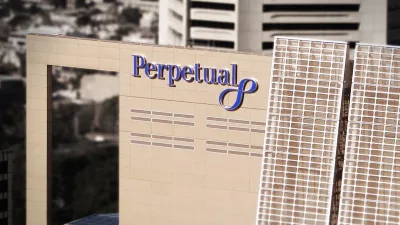ASIC updates fee transparency for super and managed investment funds



The Australian Securities and Investments Commission (ASIC) has issued an update regarding its work around the improvement of transparency and comparability of fees and costs for managed investment and superannuation funds, through its work on Regulatory Guide (RG 97).
ASIC announced that:
- It has extended beyond 30 September its facilitative compliance approach to fee and cost disclosure; and
- It will work with an external expert to conduct a review of the fees and costs disclosure under RG 97 to ensure that it is best meeting in practice the objective of greater transparency for consumers.
The corporate regulator said that these actions were undertaken in response to feedback from across the industry around challenges with practical implementation of RG 97.
Also, an external expert would focus on the RG 97 reforms and their impact and would liaise with industry and produce any necessary recommendations on how to achieve better transparency and comparability of fees and costs.
This process would be expected to conclude in the first half of 2018.
During this period, funds should provide accurate information about fees and costs to consumers.
“Understanding fees and costs across superannuation and managed investment fund products remains an ongoing challenge for consumers and ASIC will continue to focus on getting the requirements right so that consumers can be well informed,” ASIC said.
Recommended for you
Despite ASIC concerns about private credit funds being accessed via the advised channel, there are questions regarding how high its usage actually is among financial advisers.
Challenger has looked to the superannuation industry for its appointment of a group chief investment officer, a newly-created role.
Perpetual has confirmed it has entered into an exclusivity agreement with a US private equity firm to progress discussions regarding the sale of its wealth management division.
Paradice Investment Management has become the latest fund manager to launch an active ETF version of its managed fund, placing greater emphasis on retail distribution.











